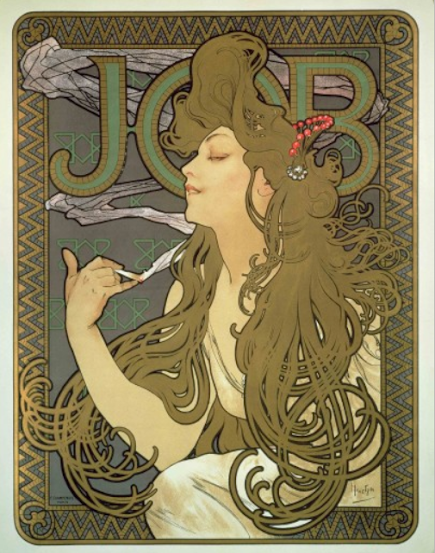Bibliography
Bibliography Mucha, Alphone. Job. 1896. Toulouse-Lautrec, Henri. Ambassadeurs: Aristide Bruant. 1892. Metropolitan Museum of Art, New York City. Erler, Fritz. Umschlag der Kunst- und Literaturzeitschrift. 1897. Schiele, Egon. Shaw oder die Ironie. 1912. Modern Museum of Art, New York City. Roller, Alfred. Poster for the 14th exhibition for the Vienna Secession. 1902. Macdonald, Margaret & Frances. McNair, J Herbert. The Glasgow Institute of the Fine Arts. 1895. Modern Museum of Art, New York City. Millais, John Everett. Bubbles. 1886. Mucha, Alphonse. Absinthe Robette. 1896. Penfield, Edward. Harper's Magazine- February. 1897. Metropolitan Museum of Art, New York City. Cappiello, Leonetto. Contratto. 1922. Feure, Georges. Jane Derval Folies- Bergère. 1904. Chéret, Jules. L'Amant des Danseuses Roman Moderniste par Félicien Champsaur. 1896. The New York Public Library Digital Collections. New York City. Grasset Eugene ...





